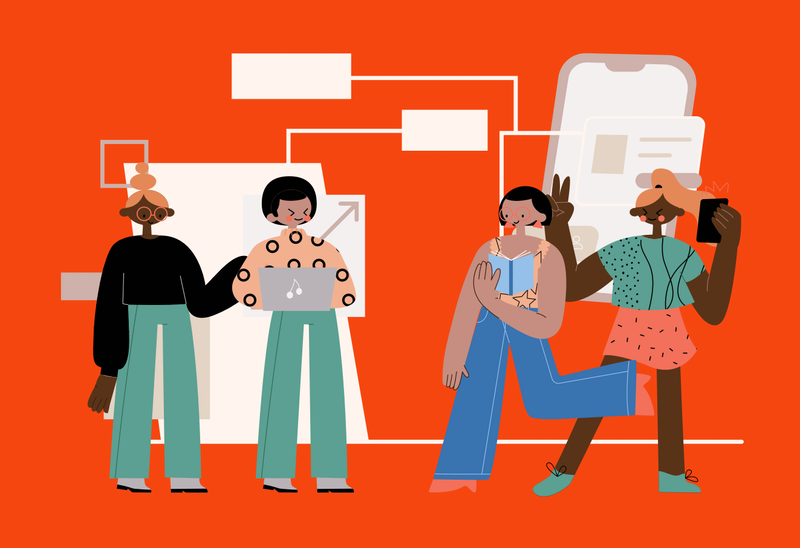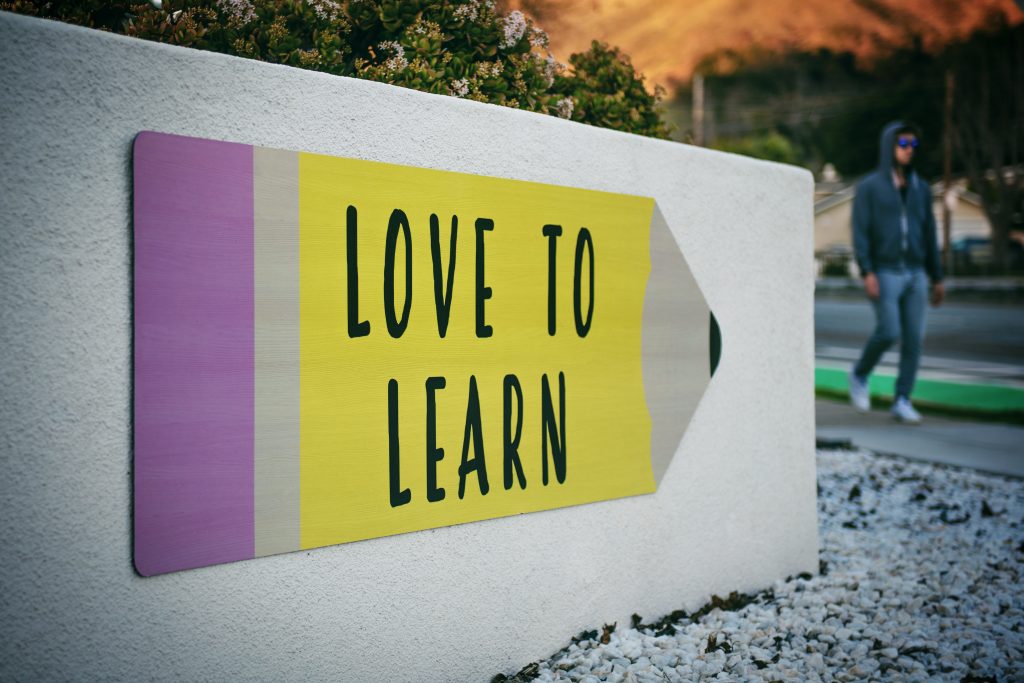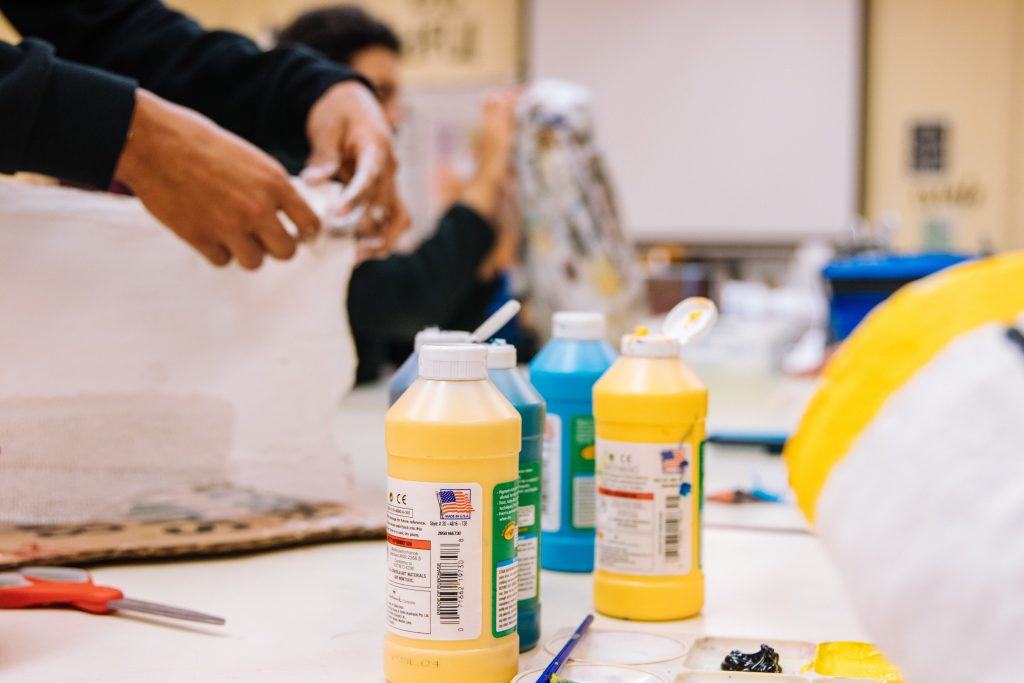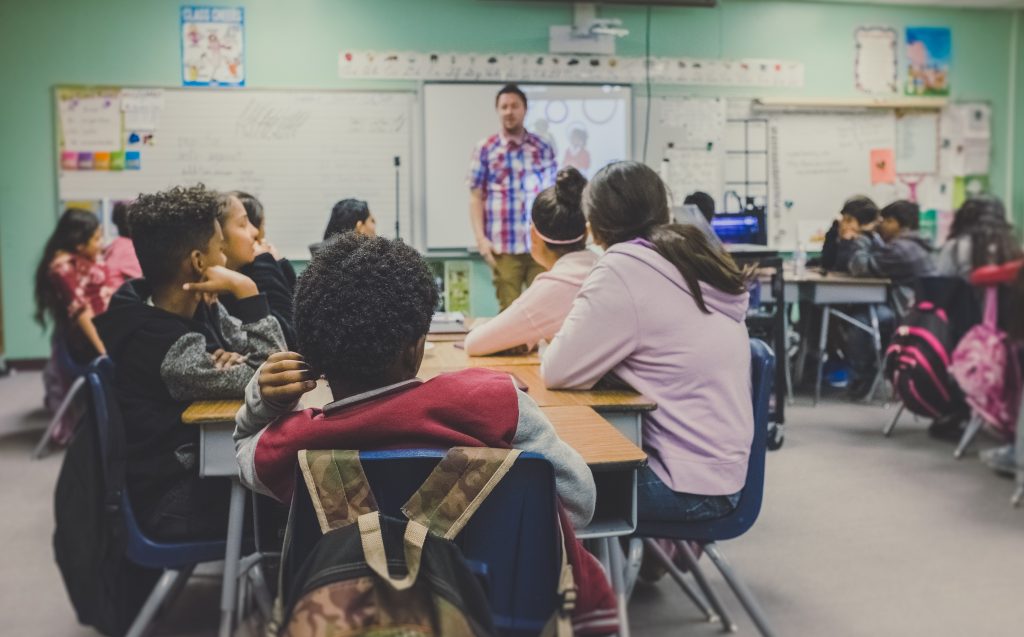
The pandemic has upended many industries and markets. If you work in retail or tourism then you will know exactly how earth-shattering the pandemic has been. But one sector that is sometimes overlooked is education.
Anyone with children will tell you how the lockdowns have been incredibly difficult. And teachers all over the world have had to start giving lessons remotely.
Digital transformation in education is not new. But, like many sectors, the pace of change is accelerating.
If you are an education services provider, or an educator, this post will help you to see the benefits of edtech and how it can help even after things have returned to “normal”.

What is edtech?
Edtech, a mix of the words “education” and “technology”, is a combination of technical and IT tools with education practices. This combination of tech and education is designed to help students and teachers enhance the learning experience. It streamlines processes and enables new and more personalized learning.
We are going to take a look at how edtech helps both students and teachers.

How does it benefit students?
Technology has been present in the classroom for many years now. But the bulky desktops of yesterday have given way to tablets, phones and apps in many classrooms.
But the technology gap between some territories and others is an inherent disadvantage for students from poorer countries. For all the edtech advancement that many schools will see, it’s important to note that not all students will be able to take advantage of this. So tech firms need to help bridge this gap to give all students a good start.
But there are benefits for students who are fortunate enough to have access to edtech.
Better Collaboration
Cloud-based software helps children to collaborate on projects. They can give students the tools to solve problems together. They can also use these apps to upload their homework and talk to each other about how they completed their task.
For group projects this is invaluable. Although face-to-face project work is still very necessary, collaboration on cloud-based software can help students to complete their work faster.

Access to learning, anytime
With the prevalence of smart devices in student’s lives, they have access to learning tools whenever they need them. This gives students the chance to work at their own pace. This can help a lot of students to work through complex problems by themselves while also teaching them valuable research skills.
Students and teachers can also interact with each other without having to be in the classroom. This gives students greater access to help and helps teachers to make sure their students stay on the right track.
Not just the classroom
The pandemic has normalized video lessons and lectures for many students. This means that students can watch lessons at home in their own time and use class time for more collaborative work. Eventually this could mean that class time takes on a tone more similar to a seminar, where students ask questions of teachers to further expand their knowledge of a subject.
This approach means that students could feel more empowered. They could become more creative which helps grow key problem solving skills that will benefit them throughout their lives.

Interactivity and engagement
Distractions are everywhere. So it’s important that lessons grab the attention of students.
Interactive learning software helps students to learn while also keeping them engaged. Teachers can support this while still providing a crucial resource to help students overcome barriers and increase their knowledge.
Personalization
With video lessons students can learn at their own pace by rewinding and replaying sections of the lessons they may be having difficulties with.
Teachers can use analytics to see where students are having problems and use this information to offer help to students.
The efficacy of these analytics improves over time. So it’s feasible that a teacher could build a personalized learning plan for students that focuses on areas that they may find difficult. Which makes it easier to measure their overall aptitude. This makes testing much less stressful for students. As they will have been helped at every step by their teacher with information that’s directly relevant to them.

How does it benefit teachers?
Edtech can help teachers spend more time getting back to doing what they do best; teaching.
But educators do have some valid concerns about edtech that should be listened to.
Hmhco’s annual educator confidence report highlights some concerns that teachers have about edtech. 31% of respondents stated that edtech could lead to “an over-reliance on technology to solve instructional challenges”. 29% also highlighted that a “lack of technological devices”was also an area of concern.
But educators also highlighted a lot of positives. 37% felt optimistic about access to online learning tools. And 27% highlighted the use of social media to “interact with parents” as a key positive aspect of edtech.
Automated grading
If you have ever talked to a teacher, you will know that grading and marking work is a huge administrative part of their job. And something a lot of educators don’t really enjoy!
For simple true/false tests, or “fill in the blank” assessments, machine learning algorithms could provide a solution. This could free up hundreds of hours for teachers.
This extra time can help lesson prep for students who might be having difficulties and gifted students who might need more of a challenge.
Real-time data that can help students
Cloud-based tools and analytics platforms can feed a lot of information to teachers. This data can help teachers assess the individual needs of their students.
This is particularly helpful in identifying students who may have learning difficulties.
By having access to analytics teachers can spot potential issues very quickly. This helps educators build a plan to help their students. This data can help to take away some of the guesswork when it comes to assessing students and identifying something that may be a barrier for them.

Our experience in edtech
MAQE has recently worked with a cutting edge international school in Bangkok.
Project requirements included information security, data privacy, business continuity and design customization to create personalized learning experiences.
By working with different vendors and stakeholders we successfully digitalized educational journeys for students, educators and parents.

How MAQE can help
If you are in educational services and you need a partner to help you with your edtech offering, MAQE can help. We have a lot of experience working in the education sector. So we can help you to build an edtech offering that will benefit both your teachers and your students. Get in touch via [email protected] to hear more.
